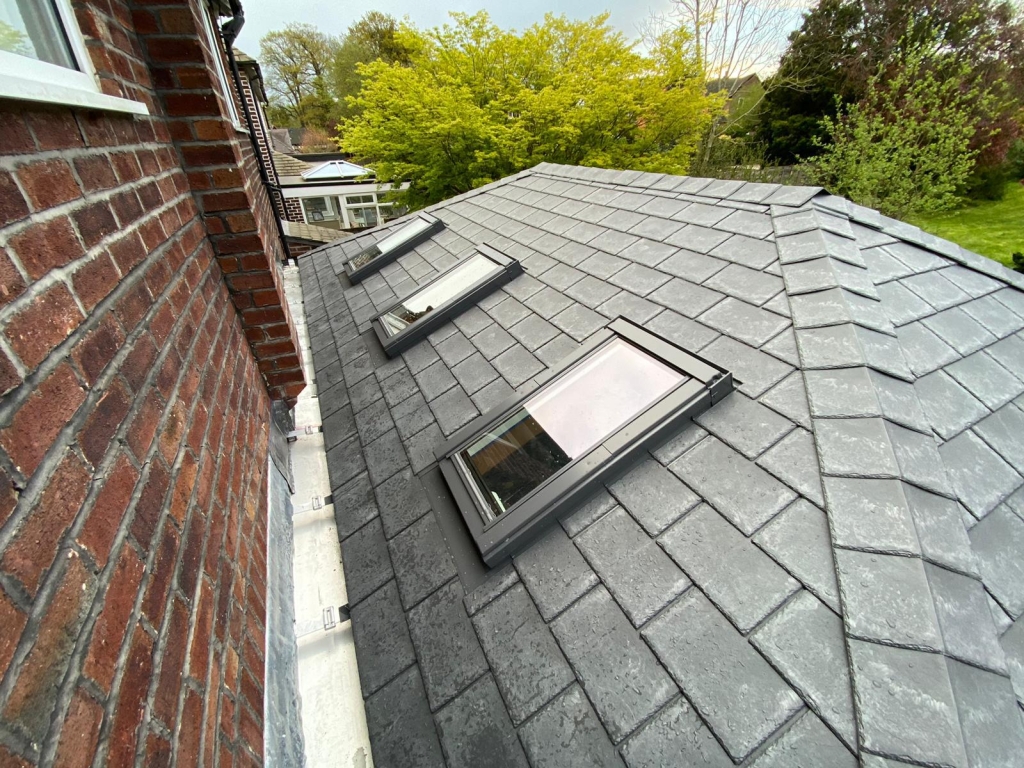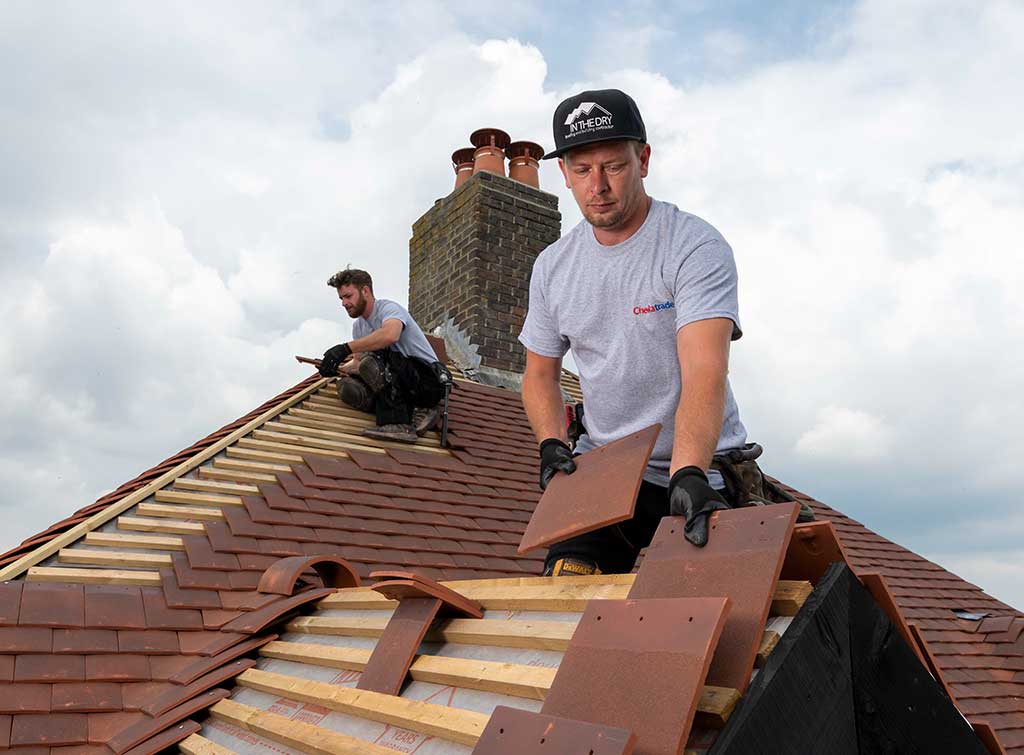Roof Replacement in the UK: Protecting Your Residence from the Elements
Roof Replacement in the UK: Protecting Your Residence from the Elements
Blog Article
Roof replacement is one of the most important investments a UK homeowner can make. Over time, even the most well-constructed roofs begin to show signs of wear and tear, especially given the often unpredictable British weather. From relentless rain to heavy winds and occasional snowfall, the UK climate can take a serious toll on roofing materials. Homeowners may begin to notice loose tiles, leaks, moss growth, or uneven rooflines-all signs that a roof may be nearing the end of its lifespan. Ignoring these issues can lead to internal water damage, insulation problems, and structural weaknesses. Replacing a roof in a timely manner not only protects the home but can also significantly increase property value. Understanding when and how to proceed with roof replacement is essential for ensuring safety and long-term comfort.
A roof replacement is necessary when the damage to a roof is beyond repair. Roof deterioration can be caused by age and regular wear, leading to leaks, sagging or the removal of shingles. In the UK, tiles, flat roofs and slates are all common roofing materials. Each has its lifespan. Asphalt shingles can typically last 20-30 years, while clay or concrete roof tiles last up to 50 years. Replacement is the best solution when these materials start to break down. This will prevent any further structural and interior damage. It is important to replace your roof for safety reasons and the protection of your house.
Identifying the right time for roof replacement is crucial to avoid further damage and unnecessary expenses. While minor repairs can prolong the life of a roof, certain signs indicate that it is time to replace the roof entirely. One of the most obvious signs is the presence of frequent leaks, especially if water starts to seep into the interior of the home. Small leaks, even if they are not large, can cause extensive damage to the home, such as mold and mildew. Insulation may also be compromised. Other signs include missing or cracked tiles, sagging roof sections, or increased energy bills due to poor insulation. If the roof is over 20 years old and exhibiting these signs, it is likely time for a full replacement. Ignoring the symptoms can lead to much more serious problems such as structural instability or interior damage.
Costs for a Typical roof replacement prices in the UK vary depending on a number of factors, including the type of roof chosen, materials used, and complexity. The average cost of a three-bedroom home is between 5,000 to 12,000, but costs may be higher if the house is larger or complex. Labour accounts for a significant portion of this expense, so it's important to choose a reliable and experienced contractor. Ask for written estimates, read reviews and ensure the contractor is certified and insured by an accredited trade association. Some local councils and government schemes offer incentives or financial support for roof replacements to improve energy efficiency. Although the investment can seem steep, a new roof can add substantial value to your home and provide peace of mind for years to come. To acquire supplementary information please visit Roofadvisor
Timing the project correctly can make a significant difference in the ease and success of a roof replacement. The best times to do such work in the UK are during late spring, early summer or early fall when weather conditions tend to be more stable. Rain and wind can cause delays or complications, especially if large areas of the roof are exposed during construction. However, emergency replacements may be required at any time of year, particularly if a roof has suffered storm damage. Booking a contractor ahead of time can reduce the wait during busy seasons. The homeowner should make other logistical arrangements, including informing their neighbours of the upcoming construction, setting aside parking spaces for vehicles and planning for possible noise. A realistic schedule and clear communication will help you manage the process with minimum inconvenience.
In the UK, roof replacement is a vital part of home maintenance. It should be done as soon as signs of wear and tear appear. A well-installed new roof protects against harsh weather, improves insulation, and boosts property value. Homeowners can customize their roof according to aesthetic preferences as well as practical requirements. Although the cost can be considerable, the long-term benefits - including energy savings, structural safety, and peace of mind - make it a worthwhile investment. Careful planning, the right contractor, and informed decision-making are the keys to a successful roof replacement. For UK homeowners looking to protect their homes for decades to come, replacing an ageing roof is one of the smartest improvements they can make.